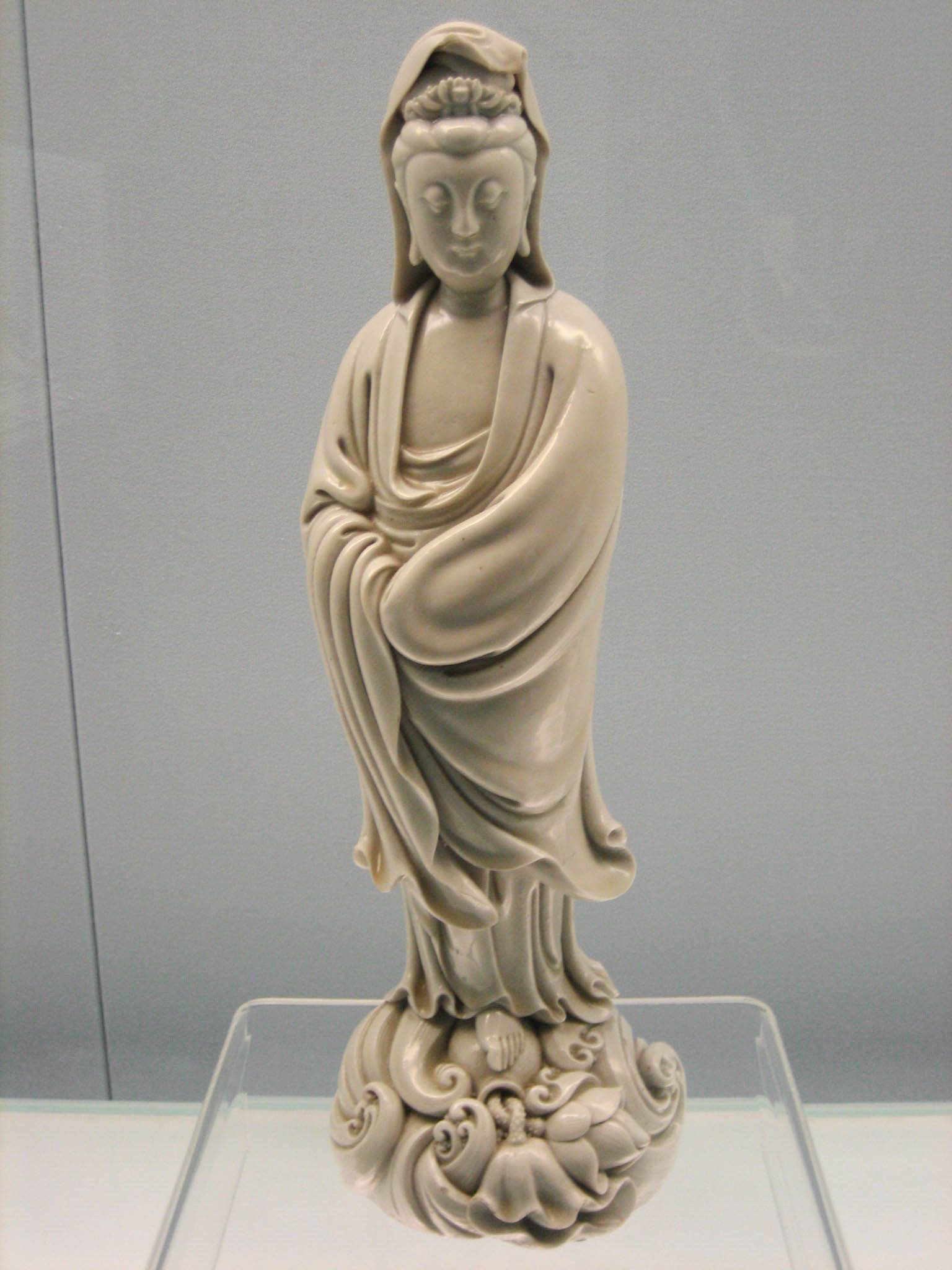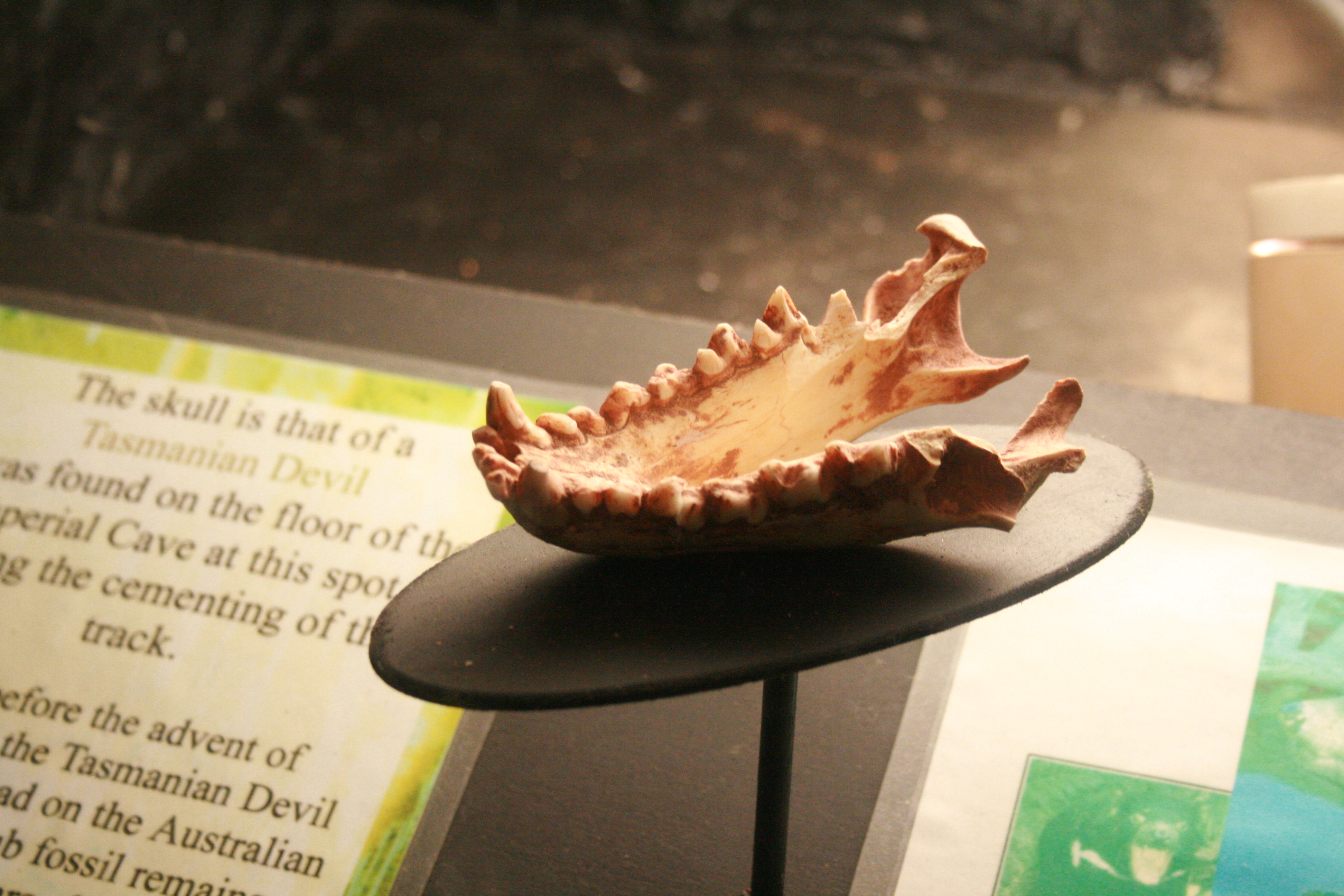|
Tux (mascot)
Tux is a penguin character and the official mascot of the Linux kernel. Originally created as an entry to a Linux logo competition, Tux is the most commonly used icon for Linux, although different Linux distribution, Linux distributions depict Tux in various styles. The character is used in many other Linux programs and as a general symbol of Linux. History Origins The concept of the Linux brand character being a penguin came from Linus Torvalds, the creator of Linux. According to Jeff Ayers, Linus Torvalds had a "fixation for flightless, fat waterfowl" and Torvalds claims to have contracted "penguinitis" after being nibbled by a little penguin on a visit to the National Zoo & Aquarium in Canberra, Australia. Linus spoke at the 1994 AUUG Conference (5–9 Sept, Melbourne) as part of a "World Tour" to Belgium, Australia, Singapore and elsewhere, mentioning in ''Linux Journal'' he was bitten by a penguin at Canberra Zoo, not at Phillip Island, Victoria, by a (shy) wild penguin. I ... [...More Info...] [...Related Items...] OR: [Wikipedia] [Google] [Baidu] |
Linux
Linux ( ) is a family of open source Unix-like operating systems based on the Linux kernel, an kernel (operating system), operating system kernel first released on September 17, 1991, by Linus Torvalds. Linux is typically package manager, packaged as a Linux distribution (distro), which includes the kernel and supporting system software and library (computing), libraries—most of which are provided by third parties—to create a complete operating system, designed as a clone of Unix and released under the copyleft GPL license. List of Linux distributions, Thousands of Linux distributions exist, many based directly or indirectly on other distributions; popular Linux distributions include Debian, Fedora Linux, Linux Mint, Arch Linux, and Ubuntu, while commercial distributions include Red Hat Enterprise Linux, SUSE Linux Enterprise, and ChromeOS. Linux distributions are frequently used in server platforms. Many Linux distributions use the word "Linux" in their name, but the Free ... [...More Info...] [...Related Items...] OR: [Wikipedia] [Google] [Baidu] |
Figurine
A figurine (a diminutive form of the word ''figure'') or statuette is a small, three-dimensional sculpture that represents a human, deity or animal, or, in practice, a pair or small group of them. Figurines have been made in many media, with clay, metal, wood, glass, and today plastic or resin the most significant. Ceramic figurines not made of porcelain are called terracottas in historical contexts. Figures with movable parts, allowing limbs to be posed, are more likely to be called dolls, mannequins, or action figures; or robots or automata, if they can move on their own. Figurines and miniatures are sometimes used in board games, such as chess, and tabletop role playing games. The main difference between a figurine and a statue is size. There is no agreed limit, but typically objects are called "figurines" up to a height of perhaps , though most types are less than high. Prehistory In China, there are extant Neolithic figurines. European prehistoric figurines of wo ... [...More Info...] [...Related Items...] OR: [Wikipedia] [Google] [Baidu] |
Devil Facial Tumour Disease
Devil facial tumour disease (DFTD) is an aggressive non-viral clonally transmissible cancer which affects Tasmanian devils, a marsupial native to the Australian island of Tasmania. The cancer manifests itself as lumps of soft and ulcerating tissue around the mouth, which may invade surrounding organs and metastasise to other parts of the body. Severe genetic abnormalities exist in cancer cells—for example, DFT2 cells are tetraploid, containing twice as much genetic material as normal cells. DFTD is most often spread by bites, when teeth come into contact with cancer cells; less important pathways of transmission are ingesting of infected carcasses and sharing of food. Adult Tasmanian devils who are otherwise the fittest are most susceptible to the disease. DFTD is estimated to have first developed in 1986. There are two currently existing strains, both appearing to be derived from Schwann cells. DFT1 is the main and older strain that infects most of the devil population. It wa ... [...More Info...] [...Related Items...] OR: [Wikipedia] [Google] [Baidu] |
Extinction
Extinction is the termination of an organism by the death of its Endling, last member. A taxon may become Functional extinction, functionally extinct before the death of its last member if it loses the capacity to Reproduction, reproduce and recover. As a species' potential Range (biology), range may be very large, determining this moment is difficult, and is usually done retrospectively. This difficulty leads to phenomena such as Lazarus taxon, Lazarus taxa, where a species presumed extinct abruptly "reappears" (typically in the Fossil, fossil record) after a period of apparent absence. Over five billion species are estimated to have died out. It is estimated that there are currently around 8.7 million species of eukaryotes globally, possibly many times more if microorganisms are included. Notable extinct animal species include Dinosaur, non-avian dinosaurs, Machairodontinae, saber-toothed cats, and mammoths. Through evolution, species arise through the process of specia ... [...More Info...] [...Related Items...] OR: [Wikipedia] [Google] [Baidu] |
Linux
Linux ( ) is a family of open source Unix-like operating systems based on the Linux kernel, an kernel (operating system), operating system kernel first released on September 17, 1991, by Linus Torvalds. Linux is typically package manager, packaged as a Linux distribution (distro), which includes the kernel and supporting system software and library (computing), libraries—most of which are provided by third parties—to create a complete operating system, designed as a clone of Unix and released under the copyleft GPL license. List of Linux distributions, Thousands of Linux distributions exist, many based directly or indirectly on other distributions; popular Linux distributions include Debian, Fedora Linux, Linux Mint, Arch Linux, and Ubuntu, while commercial distributions include Red Hat Enterprise Linux, SUSE Linux Enterprise, and ChromeOS. Linux distributions are frequently used in server platforms. Many Linux distributions use the word "Linux" in their name, but the Free ... [...More Info...] [...Related Items...] OR: [Wikipedia] [Google] [Baidu] |
Tasmanian Devil
The Tasmanian devil (''Sarcophilus harrisii''; palawa kani: ''purinina'') is a carnivorous marsupial of the family Dasyuridae. It was formerly present across mainland Australia, but became extinct there around 3,500 years ago; it is now confined to the island of Tasmania. The size of a small dog, the Tasmanian devil became the largest carnivorous marsupial in the world following the extinction of the thylacine in 1936. It is related to quolls, and distantly related to the thylacine. It is characterised by its stocky and muscular build, black fur, pungent odour, extremely loud and disturbing screech, keen sense of smell, and ferocity when feeding. The Tasmanian devil's large head and neck allow it to generate among the strongest bites per unit body mass of any extant predatory land mammal. It hunts prey and scavenges on carrion. Although devils are usually solitary, they sometimes eat and defecate together in a communal location. Unlike most other dasyurids, the devil the ... [...More Info...] [...Related Items...] OR: [Wikipedia] [Google] [Baidu] |
Tuxedo
Black tie is a semi-formal Western dress code for evening events, originating in British and North American conventions for attire in the 19th century. In British English, the dress code is often referred to synecdochically by its principal element for men, the dinner suit or dinner jacket. In American English, the equivalent term tuxedo (or tux) is common. The dinner suit is a black, midnight blue or white two- or three-piece suit, distinguished by satin or grosgrain jacket lapels and similar stripes along the outseam of the trousers. It is worn with a white dress shirt with standing or turndown collar and link cuffs, a black bow tie, sometimes an evening waistcoat or a cummerbund, and black patent leather dress shoes or court pumps. Accessories may include a semi-formal homburg, bowler, or boater hat. In Britain, some individuals may rebel from the formal dress code by wearing coloured socks or a bow tie that is not black, such as red. For women, an evening g ... [...More Info...] [...Related Items...] OR: [Wikipedia] [Google] [Baidu] |
Free Software
Free software, libre software, libreware sometimes known as freedom-respecting software is computer software distributed open-source license, under terms that allow users to run the software for any purpose as well as to study, change, distribute it and any adapted versions. Free software is a matter of liberty, not price; all users are legally free to do what they want with their copies of a free software (including profiting from them) regardless of how much is paid to obtain the program.Selling Free Software (GNU) Computer programs are deemed "free" if they give end-users (not just the developer) ultimate control over the software and, subsequently, over their devices. The right to study and modify a computer program entails that the source code—the preferred ... [...More Info...] [...Related Items...] OR: [Wikipedia] [Google] [Baidu] |
GIMP
Gimp or GIMP may refer to: Clothing * Bondage suit, also called a gimp suit, a type of suit used in BDSM * Bondage mask, also called a gimp mask, often worn in conjunction with a gimp suit Embroidery and crafts * Gimp (thread), an ornamental trim used in sewing and embroidery * Gimp thread (scoubidou), plastic thread used in crafts such as lanyards Arts and entertainment * Gimp (album), ''Gimp'' (album), by Psylons * The GIMP Project, a New York dance company * "The Gimp", a character wearing a bondage suit in the film ''Pulp Fiction'' * "The Gimp (Sometimes)", a song by British experimental band Coil (band), Coil off their 2004 album ''Black Antlers'' * Gimp (gaming), a weak game character Science and technology * GIMP (GNU Image Manipulation Program), an open-source image editor * Great Internet Mersenne Prime Search, Great Internet Mersenne Prime Search (GIMPS) Other uses * Disabled persons, Disabled person (offensive) See also * Gimp-Print, a collection of printer ... [...More Info...] [...Related Items...] OR: [Wikipedia] [Google] [Baidu] |
Logo
A logo (abbreviation of logotype; ) is a graphic mark, emblem, or symbol used to aid and promote public identification and recognition. It may be of an abstract or figurative design or include the text of the name that it represents, as in a wordmark. In the days of hot metal typesetting, a logotype was one word cast as a single piece of type (e.g. "The" in ATF Garamond), as opposed to a ligature, which is two or more letters joined, but not forming a word. By extension, the term was also used for a uniquely set and arranged typeface or colophon. At the level of mass communication and in common usage, a company's logo is today often synonymous with its trademark or brand.Wheeler, Alina. ''Designing Brand Identity'' © 2006 John Wiley & Sons, Inc. (page 4) Etymology Douglas Harper's ''Online Etymology Dictionary'' states that the first surviving written record of the term 'logo' dates back to 1937, and that the term was "probably a shortening of logogram". Histo ... [...More Info...] [...Related Items...] OR: [Wikipedia] [Google] [Baidu] |







